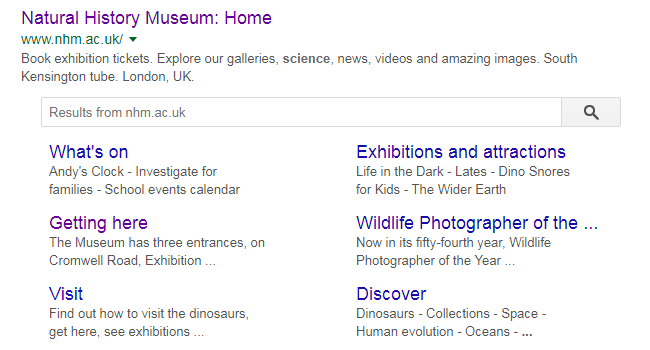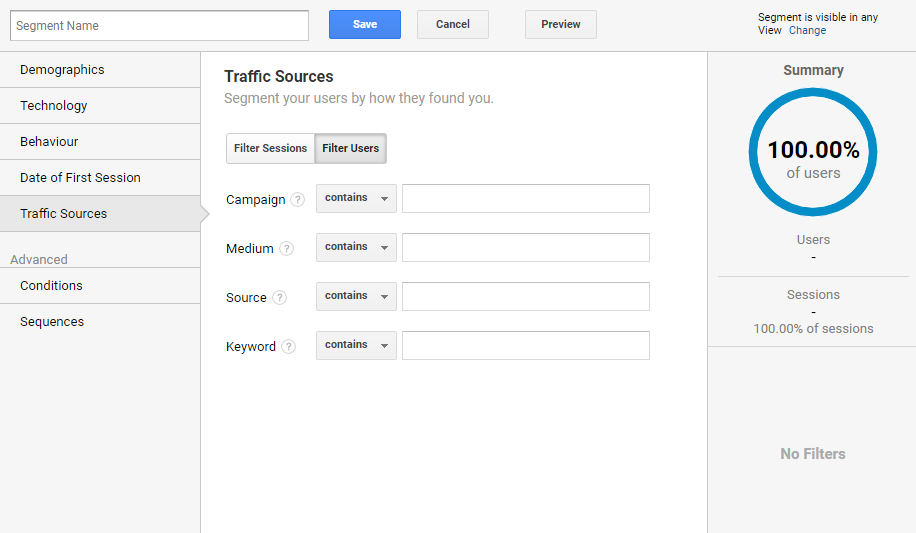What is bounce rate and how to reduce it
While the definition of bounce rate is pretty straightforward, the implications of different values for various types of websites aren’t. The metric represents single-page visits to your site that end without further interaction. But does that mean high bounce rate is always bad? And on the contrary, is low bounce rate always good? How is it different from the exit rate? Let’s find out. Written by Dawid ZimnyBounce rate is a very popular metric, visible straight away in most Google Analytics overviews. It impacts your website differently based on the purpose of your site. This even extends to specific pages within a single website. It’s possible to have two pages with a bounce rate of 60% and 95% respectively just to find out it’s the former that needs optimisation, not the latter. How is it possible that 95% of your visitors leaving that page without a single interaction is good, you may ask?
Where should you expect a high bounce rate?
If you have a simple website, for example promoting your brand, there’s little to no interaction to be done there. Your site might consist of a couple of pages, or even a single one, with all of them providing sufficient information to your visitor. They will find your site through Google and immediately get what they were looking for. Your visitor is satisfied but the way he interacted with your site counted as a bounce. Because of that, a general rule of thumb is: a high bounce rate is good as long as your site served its purpose.
If your website is more complex, you can expect a lot of bounces on pages like:
- contact page
- pages that prioritise external links
- pages with 3rd party applications
- content-focused pages that fully answer the visitor’s questions (e.g. “how-to” articles)
Visitors might find them through your home page, but some of them will land directly on these pages from Google – even more so if Google decides an extended search result is suitable for your website. You can see an example of that by searching for the Natural History Museum. It gives you quick access to the “Getting here” page without ever visiting the home page. After finding out how to get to the museum, you will leave the site and your visit will count as a bounce.

When is a high bounce rate deceiving?
While the above is a good baseline for understanding high bounce rates, there’s more to it. If your SME is working with big partners and you showcase that on your site, there’s a chance people will find your site on Google when searching for your partner. What will be their reaction after going to your website? Of course, they will bounce. This leads to another important aspect: irrelevant traffic inflates your bounce rate.
People find our site on Google under queries such as cow, cow websites or even cow transport. We will gladly transport your cows into the online space, but we can’t take them from point A to point B. Visitors finding our site through these search terms won’t find what they’re looking for and will count as a bounce, inflating the metric.
Google Analytics offers a plethora of filters which can come in handy when analysing the metric. After you click on the “bounce rate” in your overview, you can then create a new segment to filter visits from a specific keyword – one that you actually want people to use when searching for your site.

Check for any inconsistencies across the board. When grouping visitors by age, is the bounce rate of your target audience lower than average? Apply the same logic to local searches and traffic sources like social media. Visits from returning visitors can also make the metric misleading since it’s calculated for every session where your page was the entry point for the user. You might want to exclude them from the analysed sessions.
What is a good bounce rate?
This is a frequent question and you already know there is more than one answer. In general, bounce rates below 40% are considered good, while going above 60% may become alarming. A more specific answer can only be given after analysing a website, the incoming traffic and many more variables.
One instance where lower isn't betterWhen your bounce rate starts going below 20-25%, you should check if your Google Analytics is set up properly. These values, while possible, are very rare and usually indicate issues with duplicate Analytics code or wrong filters.
Bounce rate vs. exit rate
People often confuse these two metrics. It’s understandable since they both indicate that a visitor has left your website, but in fact, they’re very different. Exit rate simply indicates the percentage of visitors that end their journey on the specific page regardless of the entry point, while bounce rate refers to single-page visits without interaction, with the specific page being your first point of entry to the website.
Example of a high exit rate with no bounce rateYour “thank you” pages (e.g. after purchase) will have a high exit rate, but your visitors will not find them directly, therefore bounce rate doesn’t even exist in that context.
The bounce rate can indicate off-page issues
A more complex example would be a product or service page. If a visitor lands on these pages by following your desired user journey, they will most likely become a customer and keep the exit rate low.
If they find the product page first and it wasn’t what they were looking for (regardless of the reason – it might be the irrelevant traffic I’ve mentioned earlier), they will bounce.
If you have a low exit rate and high bounce rate, it’s likely that there’s nothing wrong with the page itself. The more plausible reason for high bounce rate and low exit rate are issues with your traffic sources. Maybe your PPC keywords aren’t the best? Or perhaps the influencer campaign isn’t popping off?
How to reduce your bounce rate
If used correctly, the bounce rate is a great metric for finding where your site is crippling. Once you establish that a specific page (or pages) requires fine-tuning to retain more of your visitors, you can consider the following improvements. Note that the ways to fix the issue will vary case by case, but this list should give you a good idea of areas to look at when fixing a high bounce rate.
- use analytics tools to see how people browse the page (we love Hotjar recordings and scroll maps)
- improve user experience on your site
- create a clear user journey
- experiment with the call to action buttons
- keep your site fresh and people-centric
- target the right audience
- use attractive and unique meta descriptions
- optimise your website
Originally published Nov 22, 2018 9:37:32 AM, updated June 16 2023.




Join the conversation
Looking to share your feedback and join in on the conversation?